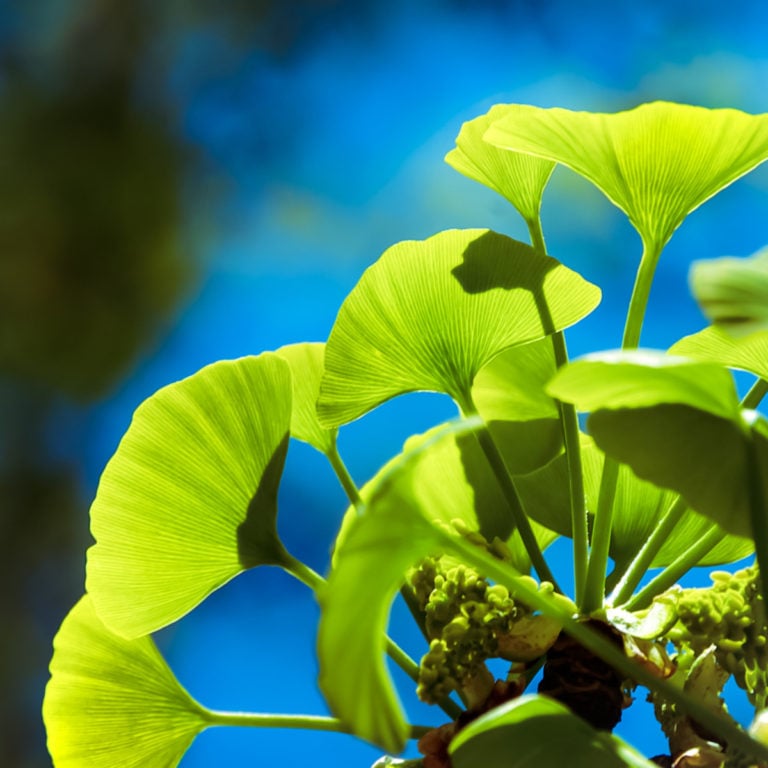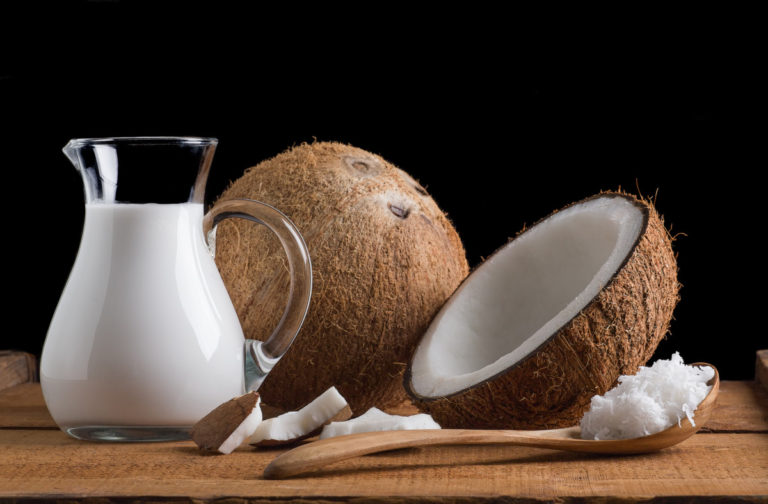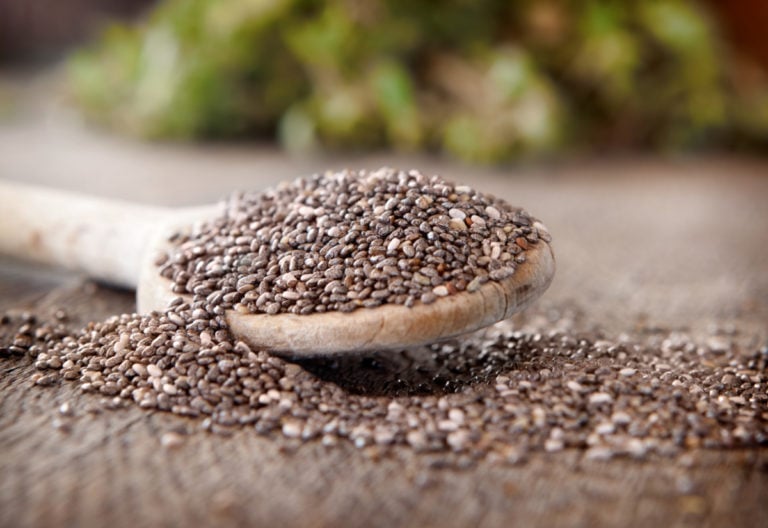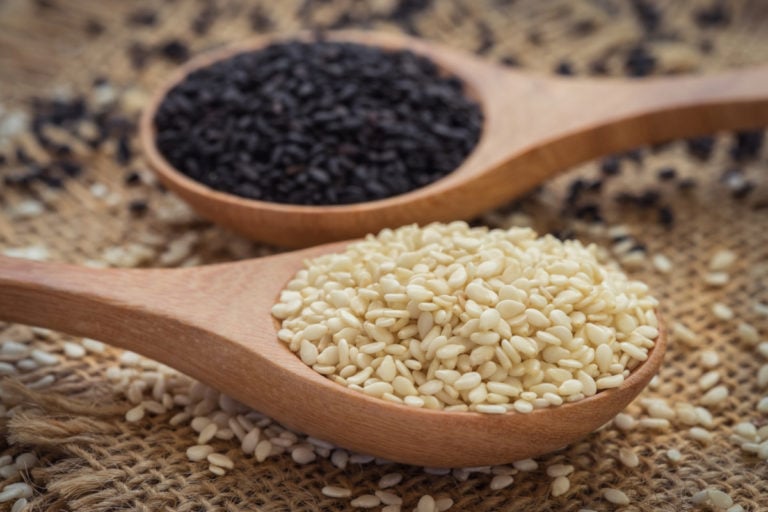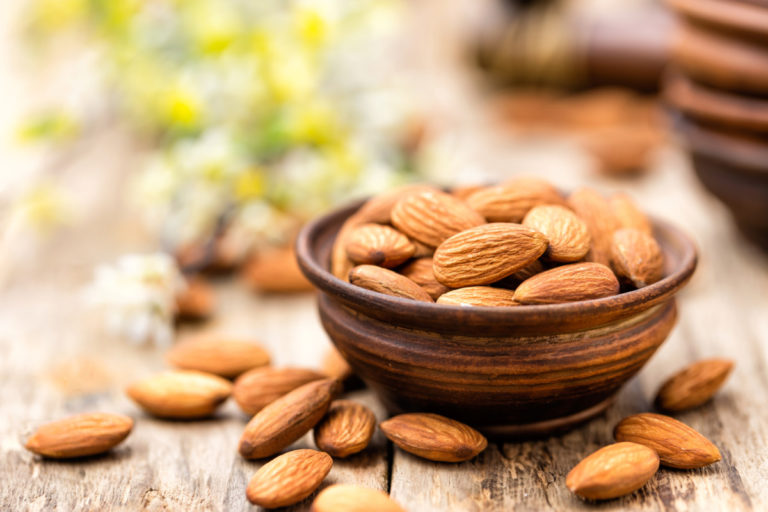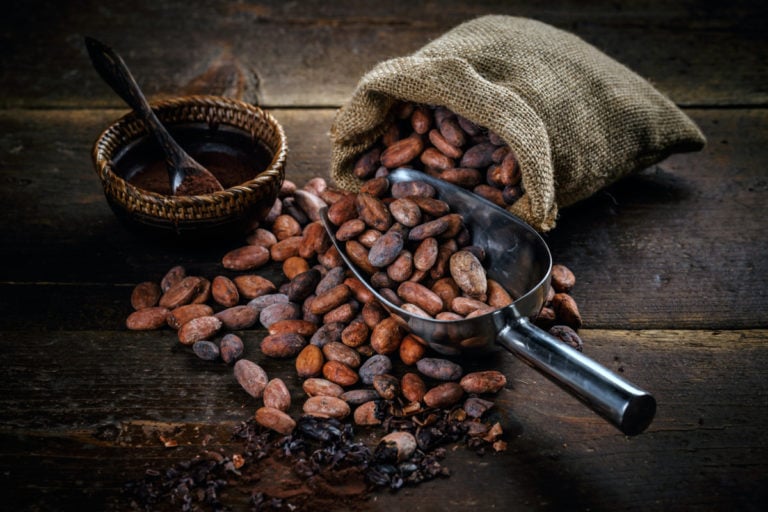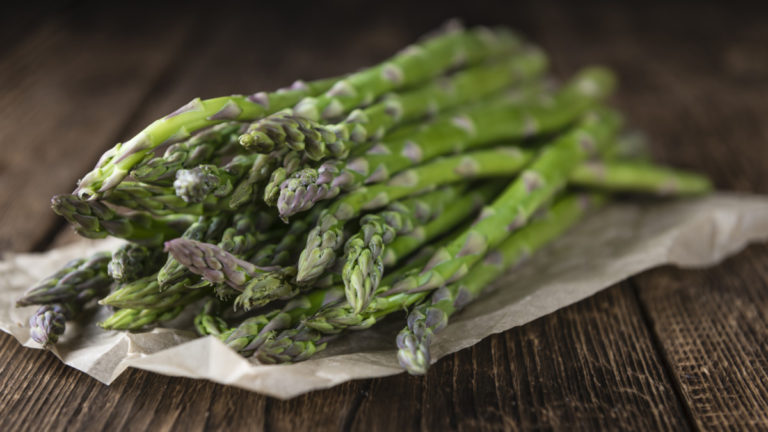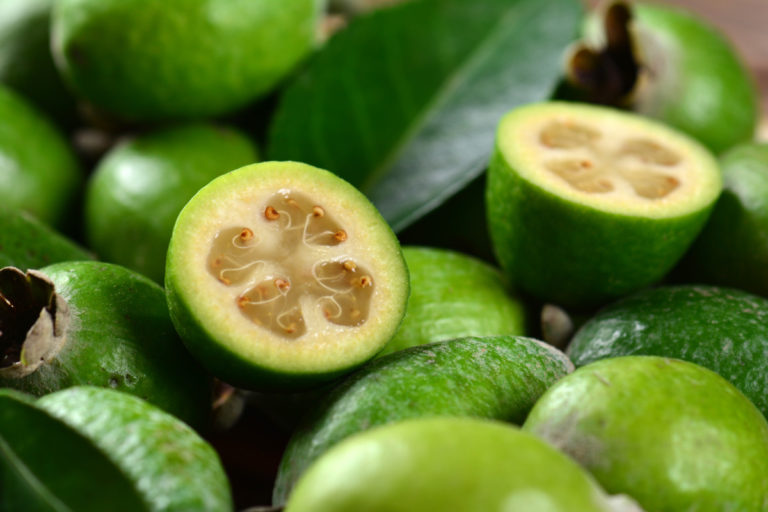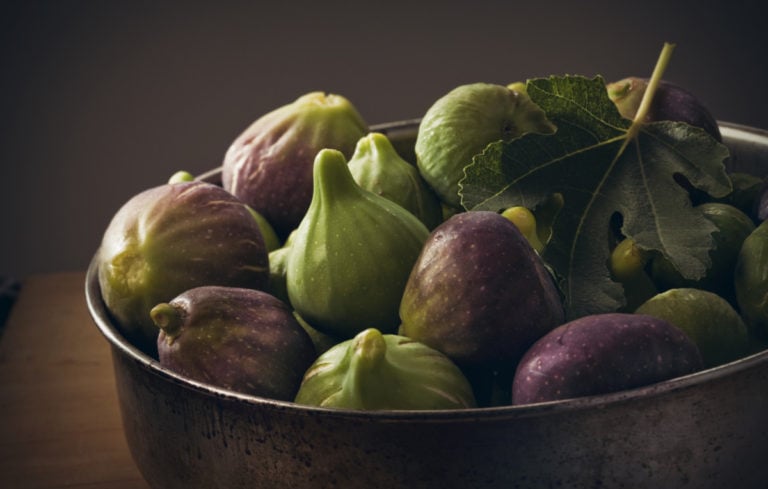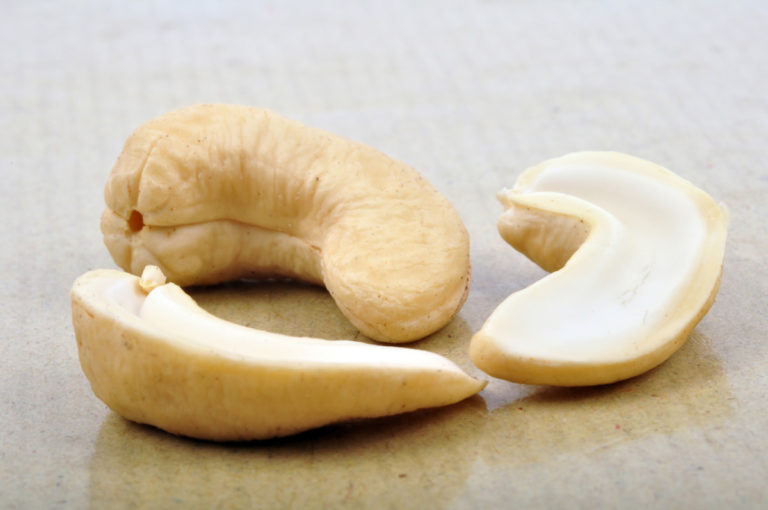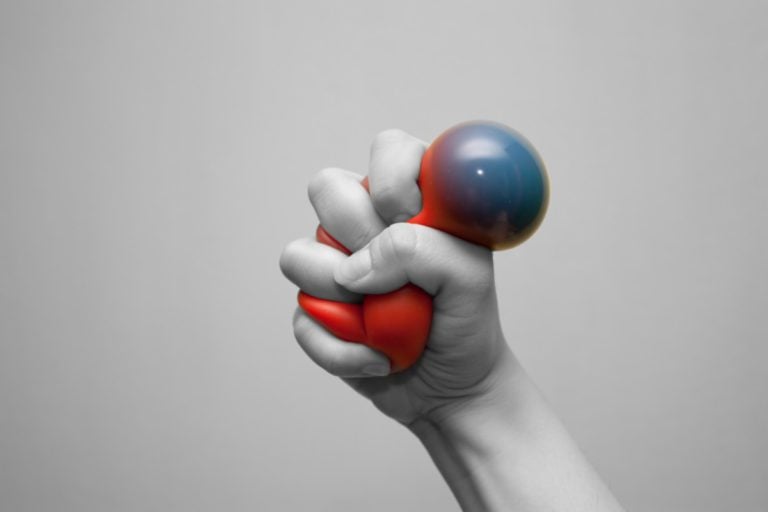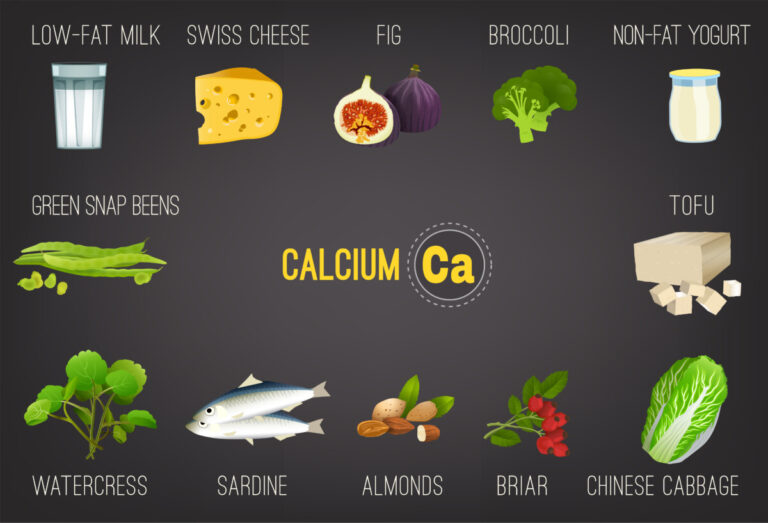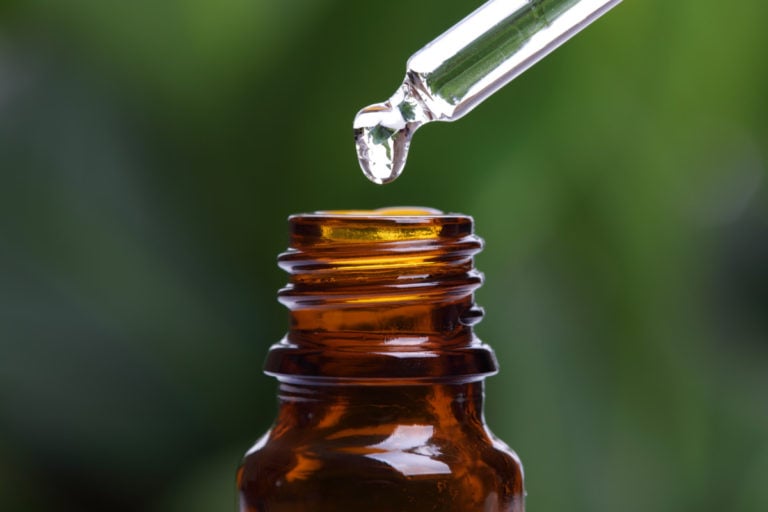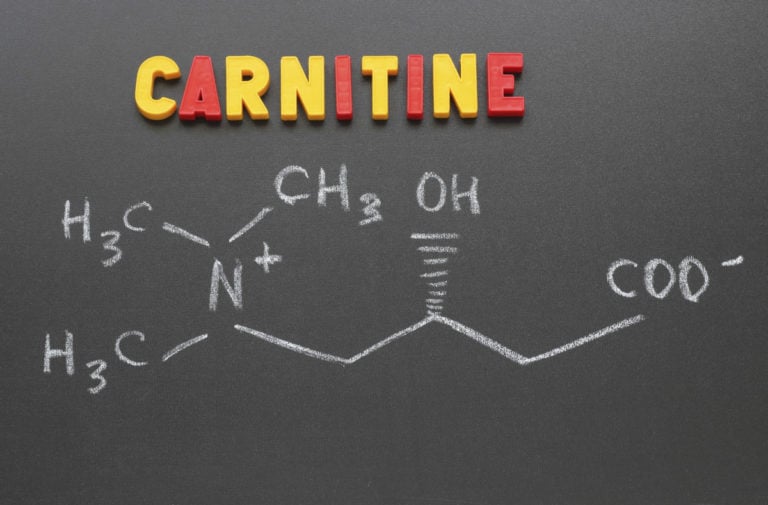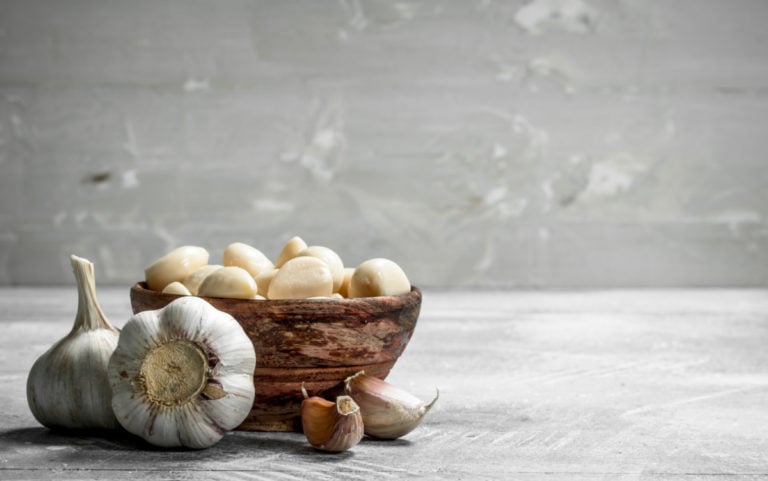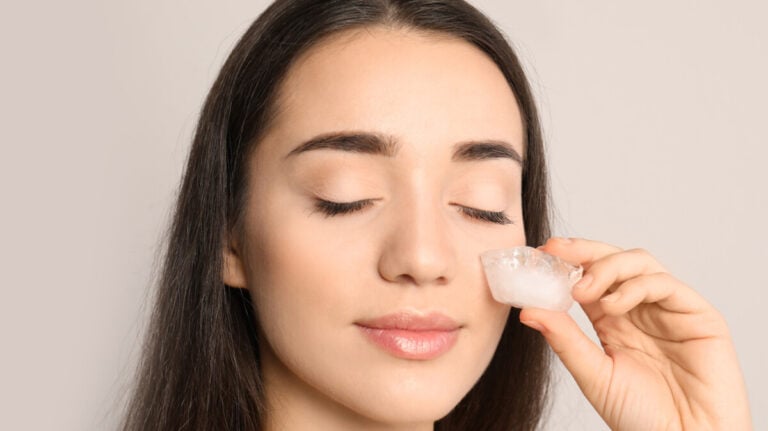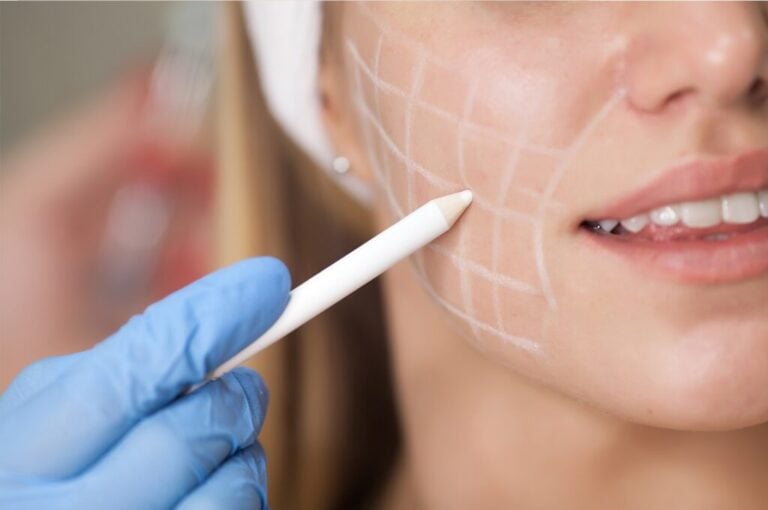The unique properties of essential oils have been known for thousands of years. Long before the advent of our era, the ancient Egyptians discovered them to the world.
- How essential oils are obtained
- Uses
- Properties and uses of essential oils
- Tea tree essential oil
- Lavender essential oil
- Orange essential oil
- Peppermint essential oil
- Lemon essential oil
- Essential oil of ylang-ylang
- Rose essential oil
- Rosemary essential oil
- Essential oil of eucalyptus
- Patchouli essential oil
- Cinnamon essential oil
- Juniper essential oil
- Grapefruit essential oil
- Geranium essential oil
- Vanilla essential oil
- Essential oil of cedarwood
- Jasmine essential oil
- Essential oil of neroli
- Pine essential oil
- Sage essential oil
- Iris essential oil
- Bergamot essential oil
- Clove essential oil
- Frankincense essential oil
- Sandalwood essential oil
- Mandarin essential oil
- Chamomile essential oil
- Essential oil of wormwood
- Rosewood essential oil
- Nutmeg essential oil
- A combination of essential oils
They used plant extracts not only during ritual ceremonies in temples, but also treated various diseases with their help, and used them in cooking. Somewhat later, the experience was adopted by the Greeks and Romans, who began to mix olive oil with essential oil, thereby inventing healing ointments.
Now essential oils are very widespread:
- In medicine;
- In cosmetology;
- In the food industry;
- And also in everyday life, when the aroma lamp is turned on at home, and the air is filled with pleasant, fragrant notes.
How essential oils are obtained

The process is very time-consuming and costly, so 2.5 liters of lavender oil comes out of 100 kilograms of lavender, and 0.5 liters of rose oil comes out of 100 kilograms of rose petals.
Each drop contains a unique chemical composition. Essential oils properties and applications are endless. It all depends on the goal and the desired result.
Some extracts are excellent antiseptics, others have a beneficial effect on the nervous system, others help in the fight against cellulite, allergies, and muscle pain. The spectrum is wide. Even if we take cosmetology, here each skin type has its own remedy.
- For oily fit: chamomile oil, bergamot, geranium, lemon, cinnamon;
- For dry: rose, lavender, orange;
- Ideal for irritation: cedar and lavender;
- In the fight against wrinkles will help: avocado oil, jojoba, wheat germ.
Uses
There are many ways to use essential oils. The most common:
- Inhalation. Very good for inflammation of the upper respiratory tract. The only thing is that not every nebulizer can add oil. This nuance must be clarified when buying a device.
- Aromatherapy. A few drops in an aroma lamp or aroma medallion will help relieve tension, invigorate or, on the contrary, soothe, it all depends on the type of oil.
- Aroma bath and aromatic massage
- Compress
- Rubbing.
- Adding to cosmetic cream or shampoo.
- Ingestion. Here you need to be careful and consult a doctor. After all, not every oil is suitable for internal use.
Properties and uses of essential oils
Experts identify about 500 types of essential oils. All of them have a different spectrum of actions, focus, method of obtaining. Let us dwell in detail on the 30 most popular and popular plant extracts.
Tea tree essential oil
Tea tree is extracted mainly in Australia, by evaporation or cold pressing. During World War II, the essential oil was widely used as an antiseptic and pain reliever.

- Color: dark green.
- Aroma: sharp, tart with a hint of fruit.
- Properties: anti-inflammatory, antiviral, soothing, immunostimulating, antifungal, bactericidal.
- Use: in medicine it is recommended for colds, skin, oncological, gynecological diseases. Can be used as an antiseptic instead of brilliant green or iodine. In cosmetology, it fights acne, dandruff, and is ideal for owners of oily skin.
Lavender essential oil
Lavender grows in Europe, Russia, Africa, Australia. Inflorescences are harvested when they are half open, then the flowers, leaves, stems are well dried. Lavender essential oil is obtained by steam distillation. The best is considered an extract mined in France.
- Color: from white to yellow-green.
- Fragrance: strong, specific, with a floral base and woody notes.
- Properties: antioxidant, regenerating, analgesic, antiseptic, anticonvulsant, anti-inflammatory.
- Application: in medicine it is used in cardiology, inflammation of the bladder, kidneys, hypertension, neuralgia. In cosmetology, it is part of anti-aging creams and masks, essential oil fights scars, scars and stretch marks, and is effective in the treatment of dandruff.
Orange essential oil
Orange essential oil is obtained from the peel of citrus fruits using cold pressing or hydrodistillation. The best essential oil is from Latin America.
- Color: from yellow, bright orange, to brown.
- Aroma: depending on the variety of oranges, it can be bitter or sweet.
- Properties: antidepressant, antitoxic, sedative, regenerating, antiseptic, bactericidal.
- Application: in medicine, it has proven itself in the fight against colds, the oil also normalizes the gastrointestinal tract, removes toxins. It is a diuretic and choleretic agent, reduces pressure, relieves muscle pain. Essential oil of orange is effective in the treatment of periodontal disease. Has a calming effect.
Peppermint essential oil
Peppermint oil is obtained from the dried leaves, stems and flowers of the plant, and the essential oil is obtained by steam distillation.
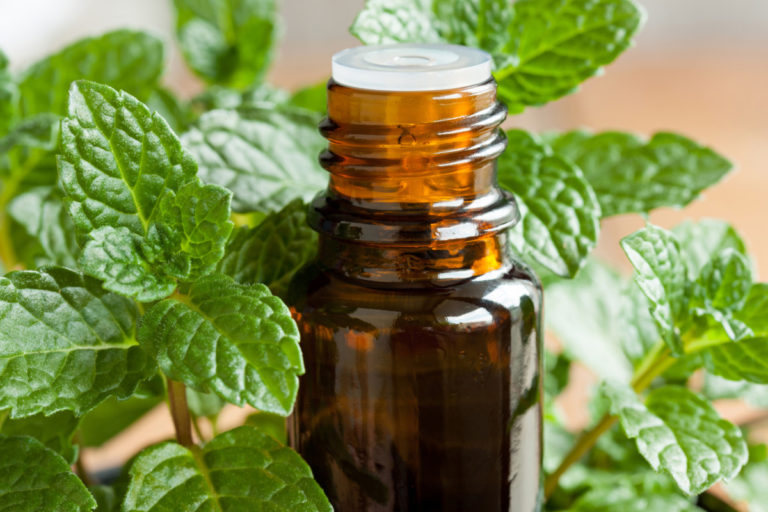
- Color: colorless to light green or light yellow.
- Aroma: Herbaceous, sweet, with hints of freshness.
- Properties: tonic, antiseptic, sedative, stimulant, antiviral, antipyretic.
- Application: in medicine, it is effective in the fight against acute respiratory infections, acute respiratory viral infections, reduces fever, eliminates muscle pain. Improves the work of the vestibular apparatus and blood circulation in general. Eliminates bad breath. Peppermint oil baths relieve tension and stress. In cosmetology, it treats inflammation, redness of the skin, acne, fungal infections.
Lemon essential oil
Essential oil of lemon – this type of extract began to be mined in the 16th century in France. Sailors with his help fought scurvy, and representatives of the upper classes whitened their faces. The best essential oil is hand-extracted.
- Color: yellow to light green.
- Fragrance: with pronounced citrus notes.
- Properties: deodorant, tonic, immunomodulatory, bactericidal, antiseptic.
- Application: in medicine, it helps in the fight against viral and colds. It thins the blood, strengthens the vascular system, normalizes blood supply and liver function, and improves brain function. It has a choleretic, diuretic and analgesic effect. In cosmetology, it eliminates wrinkles, acne, dandruff, cellulite. Has a whitening effect.
Essential oil of ylang-ylang
Ylang Ylang is a tall tropical tree. The essential oil is obtained from fresh flowers by steam or water distillation.
- Color: pale yellow.
- Fragrance: very sweet, floral, with hints of candy.
- Properties: antidepressant, anti-aging, anti-inflammatory, immunomodulatory, sedative.
- Application: in medicine, it helps to cope with various viral and colds. Indispensable in the fight against dermatitis and eczema, gives the skin a velvety feeling. In cosmetology, essential oil fights acne, oily skin, age wrinkles. Baths with ylang-ylang are recommended in winter, during the season of colds. The extract is also considered a strong aphrodisiac.
Rose essential oil
The healing properties of rose oil were originally known in the East, after which the fame spread throughout the world. Now roses for oil are grown mainly in Bulgaria, France, Morocco. The essential oil is obtained by steam distillation of the petals. Considered one of the most expensive.
- Color: bright yellow to yellow-green.
- Aroma: very tart and rich. To feel light floral notes, the oil needs to be diluted.
- Properties: antidepressant, anti-inflammatory, antiseptic, antispasmodic, tonic.
- Use: Improves the functioning of the cardiovascular system and the gastrointestinal tract. In dentistry, he successfully fights periodontal disease and pulpitis. Copes with gynecological diseases, is used in the treatment of migraines, otitis media. Perfectly nourishes the skin of the face, smoothes wrinkles, including under the eyes.
Rosemary essential oil
The extract is obtained from the flowering tops of the plant, by steam and water distillation.
- Color: colorless to yellowish.
- Fragrance: soft, woody with spicy notes.
- Properties: analgesic, bactericidal, anti-inflammatory, antispasmodic, tonic, sedative, tonic.
- Application: essential oil eliminates muscle pain, normalizes blood pressure, helps in the fight against vegetative-vascular dystonia. Improves cerebral circulation and memory. Promotes the regeneration of skin cells. Effectively copes with cellulite, scars, scars, makes hair silky.
Essential oil of eucalyptus
It has a rich chemical composition, combining more than 40 elements. The Australian Aborigines call the tree the “tree of life”. The essential oil is obtained by steam distillation of young leaves.

- Color: transparent to yellowish.
- Aroma: tart, resinous, with notes of pine needles.
- Properties: antiviral, anti-inflammatory, analgesic, immunomodulatory, antiseptic.
- Application: prevention and treatment of viral diseases, increased immunity, treatment of sinusitis, rhinitis, otitis media. Essential oil fights acne, eliminates dandruff, strengthens hair. Suppresses streptococcal and staphylococcal infections.
Patchouli essential oil
Patchouli is a perennial herb, about a meter tall. It grows mainly in Asia and also in Latin America. The essential oil is obtained from the leaves by steam distillation. From one ton of shoots comes out from 3 to 5 kilograms of oil.
- Color: light yellow to brown.
- Fragrance: Sweet, with a strong hint of musk. Over the years, the smell of the oil becomes stronger.
- Properties: antipyretic, diuretic, anti-inflammatory, sedative.
- Uses: helps with gout and arthritis, copes with viral infections, reduces fever, ideal for sore throats. Eliminates hair from dandruff and excessive oiliness. Removes essential oil stretch marks and cellulite. It is a powerful aphrodisiac.
Cinnamon essential oil
It is obtained from the leaves and bark of the tree of the same name, which grows in Madagascar and Sri Lanka. Leaves and bark are initially soaked in salt water and only then the extract is extracted.
- Colour: Rich wheaten
- Aroma: characteristic of cinnamon.
- Properties: analgesic, antispasmodic, antibacterial, antiviral, immunomodulatory, warming.
- Use: essential oil eliminates pain in muscles and joints, normalizes the gastrointestinal tract, relieves inflammation in the body, strengthens the immune system. Promotes hair growth.
Juniper essential oil
It is obtained from wood, needles and berries of an evergreen shrub.
- Color: transparent to green with yellow.
- Fragrance: delicate, with subtle hints of pine needles and meadow flowers.
- Properties: immunomodulatory, anti-inflammatory, bactericidal, antiseptic.
- Application: improves metabolism, treats tuberculosis and pneumonia, strengthens the walls of blood vessels, increases efficiency. Helps in the fight against eczema and psoriasis.
Grapefruit essential oil
It is considered a relatively young essential oil, obtained by processing the peel of a well-known fruit. Only 1 kilogram of extract is extracted from 100 kilograms of peel.

- Color: yellow.
- Aroma: fresh, with pronounced notes of bitterness.
- Properties: analgesic, healing, tonic, antiseptic, diuretic.
- Application: normalizes the gallbladder, improves intestinal motility, strengthens hair and nails, tightens pores.
Geranium essential oil
The essential oil is obtained by steam distillation of the entire above-ground part of the plant, at the moment when it blooms. Algeria and Egypt are considered the main exporters of geranium oil to the market.
- Color: yellow or yellow-green.
- Fragrance: Intensely warm, with a scent of geranium and hints of rose and mint.
- Properties: antidepressant, antiseptic, stimulant, deodorant.
- Uses: essential oil increases mental alertness, lowers sugar levels, is used in the treatment of cancer, fights heart rhythm disturbances. Ideal for dry and sensitive skin.
Vanilla essential oil
The extract is obtained from the pods of the plant. The composition has not yet been sufficiently studied, it is believed that the essential oil contains more than 100 components.
- Color: Light yellow to deep yellow.
- Fragrance: Strong vanilla aroma.
- Properties: immunomodulating, antiseptic, deodorizing, antiviral.
- Use: essential oil normalizes metabolism and blood sugar levels, increases the functioning of the gastrointestinal tract and metabolism, causes an aversion to alcohol. Reduces stress, improves hair condition, is an aphrodisiac.
Essential oil of cedarwood
Cedar oil is obtained from peeled pine nuts by cold pressing.
- Color: golden.
- Fragrance: with a strong nutty note.
- Properties: immunomodulatory, tonic, sedative, antiviral.
- Use: heals wounds, improves blood circulation. Essential oil helps with allergies, bronchitis, tonsillitis, colds. Improves the functioning of the brain and circulatory system. Nourishes and moisturizes dry skin.
Jasmine essential oil
There is one significant nuance in obtaining this extract. Flowers are collected exclusively at night. The process of extracting the extract is very long and laborious.
- Color: intense red.
- Fragrance: intense floral.
- Properties: analgesic, antispasmodic, antiseptic, anti-inflammatory.
- Uses: essential oil helps to cope with colds, reduces muscle pain, improves blood circulation, is used in the treatment of depression and insomnia. Invaluable in the treatment of skin ailments. Often included in air fresheners.
Essential oil of neroli
The extract is obtained from the flowers of the orange tree. Since the process is quite complicated, oil is one of the most expensive.
- Color: orange.
- Fragrance: subtle, light, with hints of citrus.
- Properties: deodorant, analgesic, healing, antiseptic, sedative.
- Application: essential oil is widely used for heart disease, overwork, neuroses. Strengthens the walls of blood vessels, improves cerebral circulation, removes stretch marks and excessive flabbiness of the skin. It is an aphrodisiac.
Pine essential oil
It is obtained from the needles of an evergreen tree, at the rate of 500 kilograms of needles – 1 kilogram of oil.
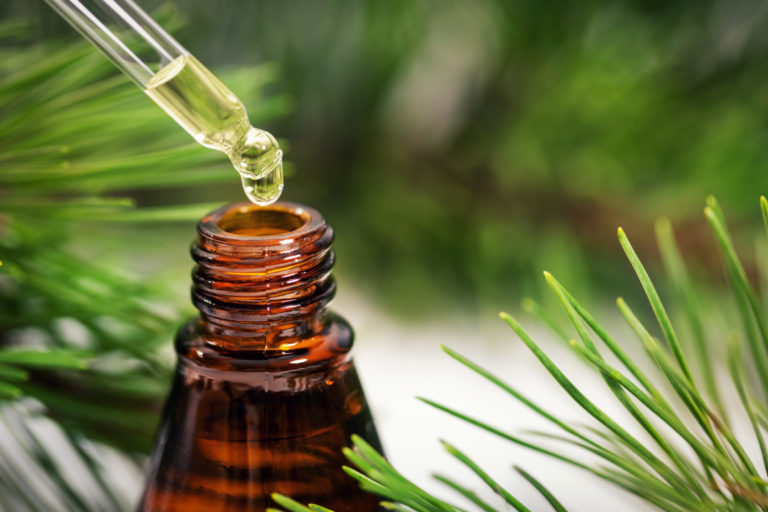
- Color: transparent to yellow.
- Fragrance: Persistent scent of pine needles.
- Properties: antimicrobial, sedative, healing, antipyretic.
- Uses: The essential oil is widely used in the fight against colds, inflammation of the kidneys, respiratory diseases, skin problems. Normalizes blood pressure, reduces stress.
Sage essential oil
It is widely used not only in medicine or cosmetology, but also in cooking. The oil is obtained from the flowers and leaves of the plant.
- Color: colorless.
- Aroma: tart, herbal scent.
- Properties: regenerating, analgesic, anti-inflammatory, sedative.
- Application: essential oil is used for sore throat, respiratory diseases. Widely used in cardiology, gynecology. Improves brain function, has a beneficial effect on blood circulation.
Iris essential oil
Iris oil is obtained from the roots of the flower. Moreover, the roots should be two or three years old. The process of extracting the extract takes place in several stages.
- Color: tan.
- Fragrance: Floral and light.
- Properties: sedative, immunomodulatory, diuretic, antimicrobial.
- Usage: essential oil prevents skin aging, promotes rapid healing of wounds, relieves swelling, improves blood circulation. It is an aphrodisiac.
Bergamot essential oil
The citrus tree of the same name grows only on the Italian coast. The oil is obtained from the peel, seeds and leaves of the plant.
- Color: yellow, rarely brown.
- Fragrance: fresh, with fruity, citrus notes.
- Properties: sedative, tonic, antipyretic, antiparasitic.
- Usage: essential oil brings down the temperature, improves performance, enhances brain activity, tightens pores. Considered an aphrodisiac.
Clove essential oil
Clove oil is obtained from the clove tree, which grows in the tropics. The extract requires both fruits and flowering buds.
- Color: almost transparent.
- Aroma: tart, sweet and very strong.
- Properties: regenerating, antiseptic, analgesic, tonic essential oil.
- Application: in dentistry it helps to cope with a number of diseases, periodontal disease, periodontitis, prevents the development of caries. Slows down the aging process, improves appetite. Promotes a speedy recovery, relieves muscle pain, stabilizes blood pressure.
Frankincense essential oil
This essential oil is obtained from the resin of the boswellia tree, which grows in Africa, mainly in Somalia.
- Color: Gold to green.
- Aroma: tart and very sweet.
- Properties: antibacterial, anti-cold, regenerating, soothing.
- Use: ladna oil prevents the development of cancer cells, is used in the treatment of oncology. Slows down the aging process, has a beneficial effect on blood vessels, hair and nails.
Sandalwood essential oil
Sandalwood oil is extracted from sandalwood wood, which grows in India.

- Color: brown.
- Fragrance: very strong, specific, long lasting.
- Properties: soothing, regenerating, toning essential oil, antiviral.
- Application: removes excess fluid from the body, helps in the treatment of viral and colds, smoothes wrinkles, strengthens blood vessels. Aphrodisiac
Mandarin essential oil
Mandarin oil is obtained from the peel and fruits by cold pressing. Most of the extract is made in Italy.
- Color: yellow.
- Fragrance: with characteristic citrus notes.
- Properties: antiseptic essential oil, tonic, antispasmodic, sedative.
- Use: removes toxins from the body, normalizes bowel function and metabolic processes, smoothes wrinkles, fights insomnia.
Chamomile essential oil
For its production, fresh inflorescences are required. For 1 kilogram of oil – 200 kilograms of inflorescences.
- Color: from blue to brown.
- Aroma: herbal, with hints of tobacco, spices and fruits.
- Properties: analgesic, immunomodulatory, antiviral.
- Use: essential oil treats diseases of the upper respiratory tract, sore throat, helps with stagnation of bile in the gallbladder. Reduces stress, used for insomnia, nervousness. Copes with a number of diseases of the oral cavity, perfectly moisturizes the skin.
Essential oil of wormwood
Wormwood oil is obtained from the dried flowers and leaves of the plant.
- Color: from yellow to brown or green.
- Aroma: bittersweet, with hints of camphor and spices.
- Properties: antiparasitic, analgesic essential oil, diuretic, tonic.
- Application: helps with SARS, improves the functioning of the gastrointestinal tract. Removes swelling of the joints, relieves acne and wide pores.
Rosewood essential oil
The extract is extracted from the rosewood of an evergreen tree – baya, growing in Latin America.
- Color: transparent or pale yellow.
- Fragrance: Floral, reminiscent of lily of the valley.
- Properties: antibacterial, antimicrobial, regenerating, antifungal.
- Usage: removes essential oil toxins from the body, heals wounds, helps with dry, cracking skin. Increases immunity, is considered an aphrodisiac.
Nutmeg essential oil
The extract is obtained from the fruits of the plant of the same name.

- Color: pale yellow.
- Aroma: tangy, spicy, sweet.
- Properties: tonic, antispasmodic, laxative, tonic.
- Use: essential oil helps in the fight against diseases of the musculoskeletal system, treats fungal diseases of the skin. Effective during the cold season, reduces fatigue and irritability, normalizes metabolism. Included in moisturizing creams and shampoos.
A combination of essential oils
- Tea tree is combined with geranium, nutmeg, pine.
- Lavender is combined with sandalwood, cinnamon, bergamot.
- Orange blends with jasmine, juniper, rose, lavender, neroli.
- Peppermint is combined with citrus oils, lavender, eucalyptus.
- Lemon is combined with cardamom, chamomile, ginger, geranium, ginger.
- Ylang-ylang is combined with citrus, patchouli, bergamot mint.
- Rose pairs with fennel, frankincense, cardamom, ylang-ylang, jasmine.
- Rosemary combines with marjoram, cinnamon, conifers, frankincense, mint.
- Eucalyptus pairs with neroli, rosewood, geranium, cumin.
- Patchouli pairs with sandalwood, rose, pine, sage, clove.
- Cinnamon is combined with citrus, cypress, mint, eucalyptus.
- Juniper combines with orange, geranium, cedar, citrus, cypress.
- Grapefruit is combined with basil, cedar, sage, ylang-ylang.
- Geranium pairs with clove, lime, bergamot, basil, citrus.
- Vanilla pairs with lavender, rosemary, pine, patchouli.
- Cedar is combined with neroli, patchouli, rosemary, pine, bergamot.
- Jasmine is combined with rose, with rosewood, cedar, patchouli, mint.
- Neroli is combined with pine, rosemary, mint, myrtle, lemon, orange.
- Pine is combined with citrus, sandalwood, rosewood, lavender, myrtle, tea tree.
- Sage combines with sandalwood, thyme, geranium, jasmine, basil.
- Iris is combined with lavender, oregano, cedar, cinnamon, pine.
- Bergamot blends with citrus, lavender, eucalyptus, chamomile, cypress, patchouli, neroli.
- Clove is combined with sage, lavender, bergamot, juniper, nutmeg, citrus.
- Incense is combined with bergamot, citrus, eucalyptus, jojoba oil, sandalwood.
- Sandalwood is combined with marjoram, frankincense, lemon, cypress, jasmine, cloves.
- Mandarin blends with other citrus fruits, bergamot, almond oil, jojoba.
- Chamomile is combined with anise, rose, eucalyptus, marjoram, mint, sage.
- Mugwort combines with clove, cedar, ylang-ylang, lemon, frankincense, lavender, pine, citrus.
- Rosewood is combined with cedar, sandalwood, verbena, wheat germ oil and grape seed oil.
- Nutmeg is combined with tea tree oil, rosemary, lavender, orange, cinnamon.

